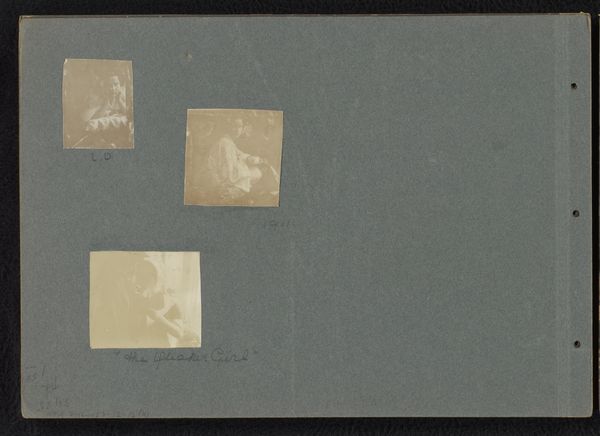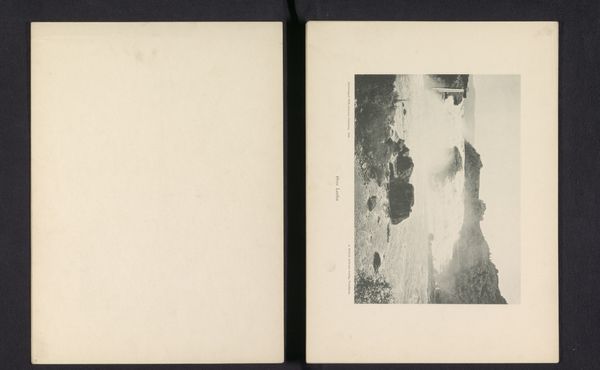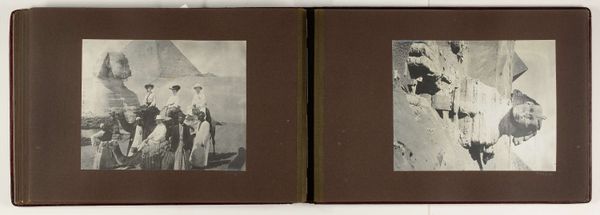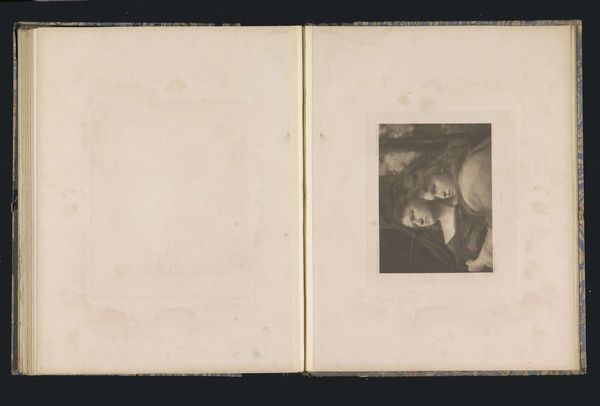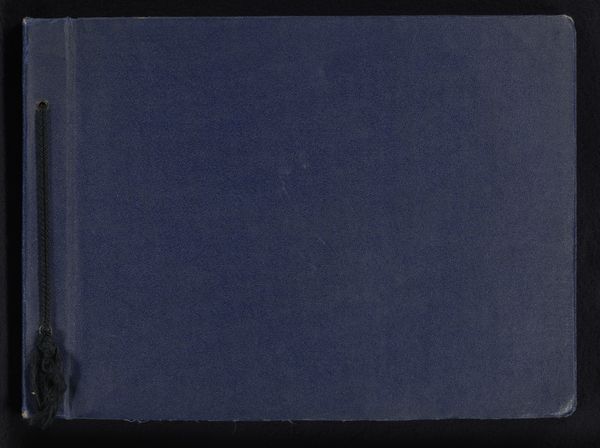
photography, gelatin-silver-print
#
portrait
#
photography
#
gelatin-silver-print
#
realism
Dimensions: height 88 mm, width 178 mm
Copyright: Rijks Museum: Open Domain
Curator: This is a fascinating gelatin silver print from before 1895, titled "Microscoopopname van het gehoororgaan van een mens"—a microscopic image of a human ear organ. The work is credited to Gustav Fritsch. What are your initial impressions? Editor: Whoa, talk about an eerie snapshot from the past! There's a gothic quality to the muted sepia tones. I'm reminded of something out of an Edgar Allan Poe story, only with the sharp clarity of early scientific documentation. Curator: Exactly. This print belongs to a time of great scientific discovery, fueled by new technologies in microscopy and photography. Images like these allowed scientists, and the public, to see the human body in unprecedented detail. Consider the material itself: gelatin silver. Its stability allowed for precise reproductions and wider dissemination of scientific knowledge. Editor: And you can feel the artist's breath on the glass, a kind of Frankenstein vibe. It's creepy yet intimate, right? Imagine what people thought seeing this for the first time... mind-blowing and possibly terrifying. It exposes us and makes us question the boundary between science and art. Curator: Indeed, the act of photographing itself was quite labor-intensive and time-consuming at this point in history, reflecting the high value placed on careful observation and documentation. These images circulated among scientists and, quite likely, helped influence developments in surgical and medical practices. It would change, concretely, medical procedures to this very day. Editor: What hits me is how exposed we are as living, breathing, frail, mortal things. Does that skull have a story? What sounds did its ears record? What kind of world did that skull belong to? And here it is presented in a stereo image, making you feel almost seasick with anxiety and introspection. Curator: It is easy to find it gruesome or clinical, and it is; but consider the intent. Photography made what was abstract and inaccessible utterly transparent. This image reflects the societal trust in scientific advancements, and the materiality highlights its place within these evolving knowledge structures. Editor: Okay, so while you see an exploration of progress and trust in new methodologies, I see our universal and ongoing relationship with our human fragility. It’s fascinating how an image can tell such different tales. Curator: It’s about the intersection of objective study and the subjective experience of viewing, really. Thanks, this was deeply insightful. Editor: Yes, likewise. You helped me hear what it whispers to me about what once was, and its echoes into the now.
Comments
No comments
Be the first to comment and join the conversation on the ultimate creative platform.









